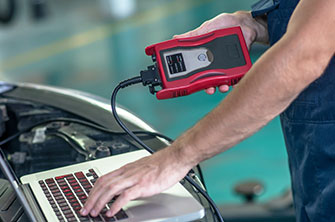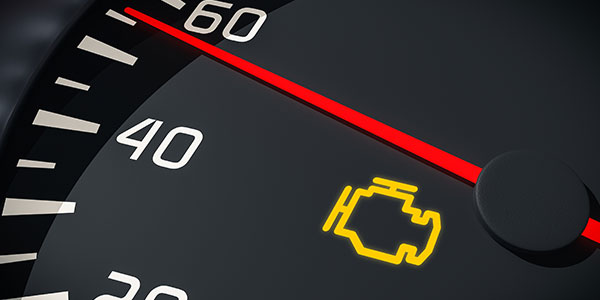

Let’s face it, diagnosing automotive electrical, drivability or emissions-related issues can be a bit challenging. But a DIYer or automotive student armed with good diagnostic skills, a scan tool and reliable diagnostic and repair information can identify and fix most of those issues.
Diagnostic skills will develop naturally with practical experience so in this article, our focus will be on building a good fundamental knowledge of on-board diagnostics (OBD), scan tool operation, diagnostic trouble codes (DTCs) and what to do with DTCs once you’ve found them.


Like most electronic devices, scan tool technology is evolving at a rapid pace and the product options seem almost endless. So, how do you know which one is right for you? The answer depends on the features and functionality you want, your budget, and your eagerness to take your diagnostic skills to the next level. In this article, we will explore various kinds of scan tools, pricing and what to look for when choosing the right scan tool for your needs.


A good battery shouldn’t lose its charge overnight or even after sitting a few days. If it does, the problem may be the battery can no longer hold a charge, the alternator isn’t working, or the battery terminals are corroded. But if the terminals are clean and tight, the battery is fairly new and the charging system warning light is not on, there’s probably an electrical component or wiring issue causing an electrical drain (or parasitic draw) on the battery. There are a couple of ways to pinpoint which circuit, component or module is causing the battery to discharge.


Diagnosing electrical problems in your car, truck, or SUV can be challenging, but there are several signs that can help you identify potential issues. Here are some common indicators of electrical system problems...


Your vehicle's onboard diagnostic system can generate numerous diagnostic trouble codes (DTCs) to identify repair issues that require attention. While the specific codes may vary depending on the make, model, and year of the vehicle, there are some common DTCs that tend to occur across different vehicles. ALLDATAdiy makes it easy to interpret DTCs and determine your best course of action, based on the latest manufacturer information.


Following original equipment manufacturer (OEM) repair procedures is crucial when working on a vehicle for several reasons...


Whether you bought your vehicle new or used, it’s a good idea to become familiar with the noises it makes when everything is operating properly so that you’ll know when something sounds abnormal.


Here’s a great list of 20 DIY automotive projects, organized in order from the easiest job to more difficult. The list also includes hyperlinks to AutoZone’s vast library of advice articles and videos to help you get the job done right the first time.








